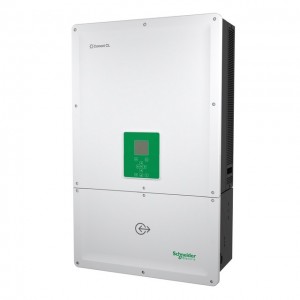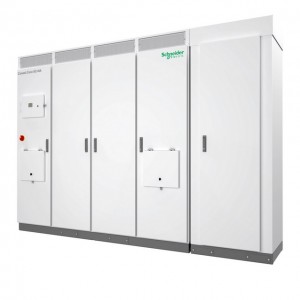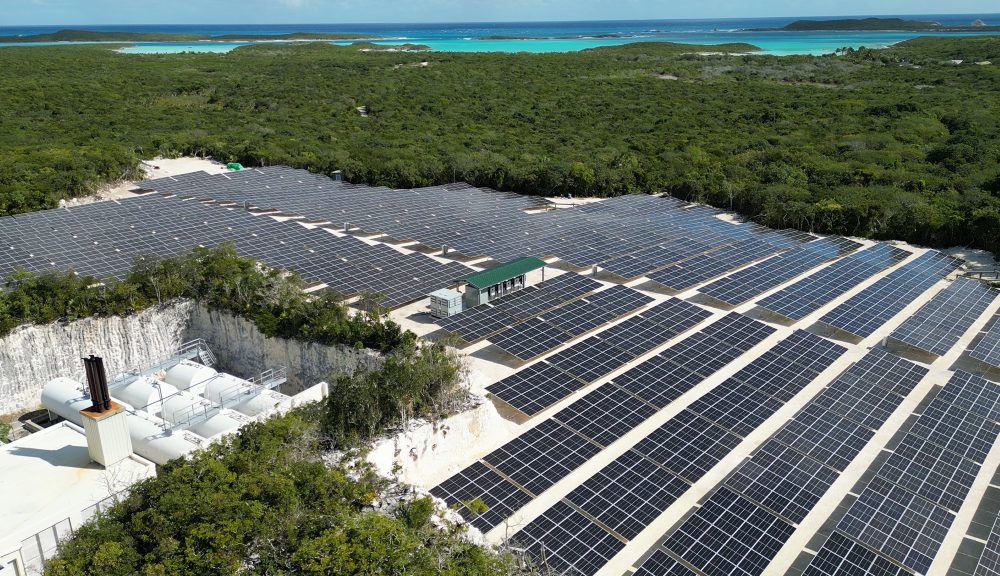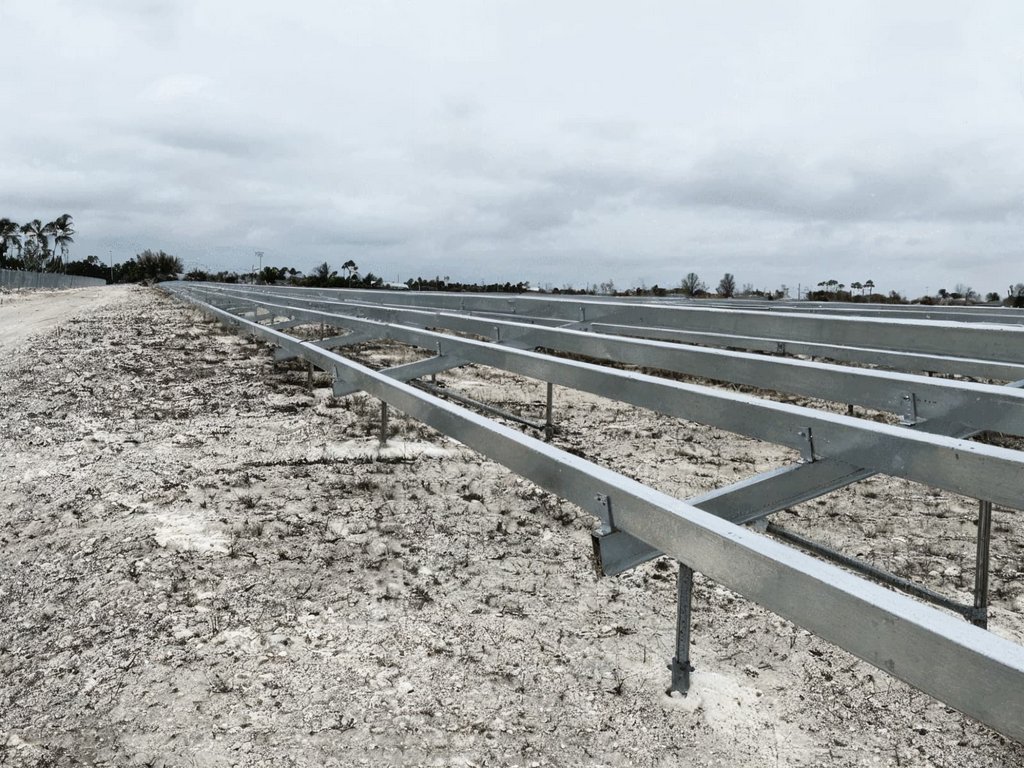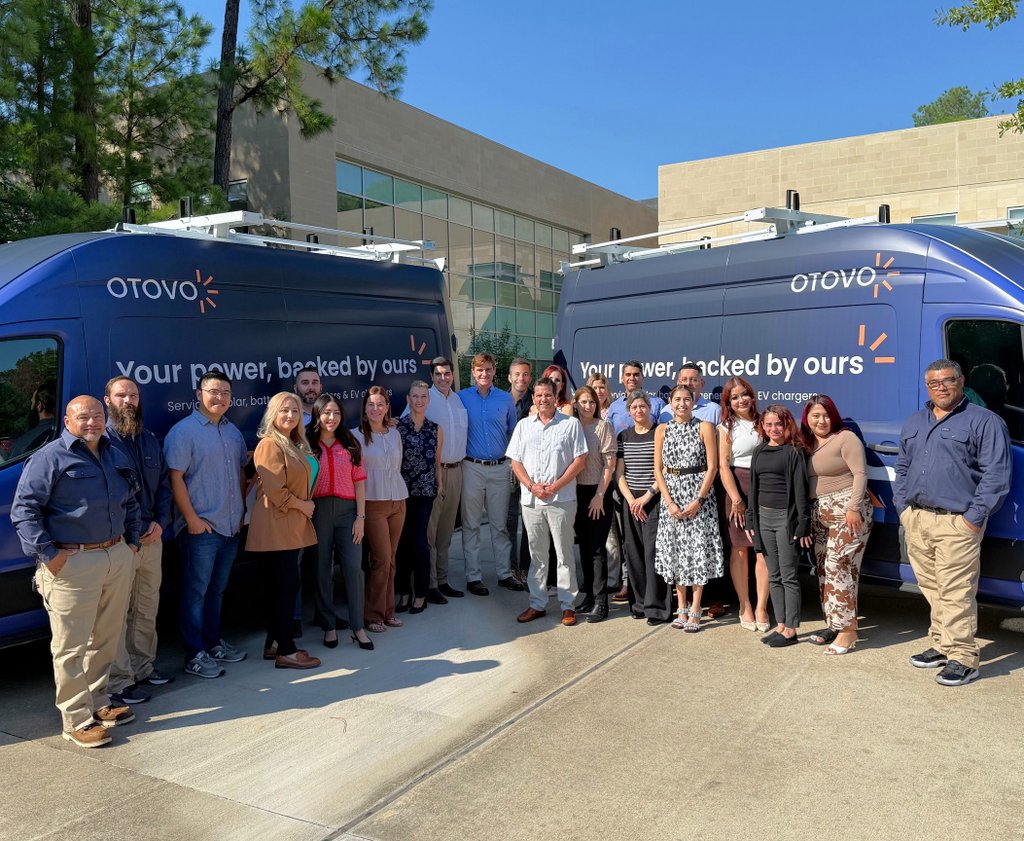Centralized vs. decentralized inverters: Keys to the decision
For example, if the plan is to install a plant that is between 1-5 MW in size, one option would be to install large inverters able to handle about 500 kW each. However, if one of these inverters fails, five to 10 percent of the plant’s overall generation capacity could be lost.
By choosing to install a larger number of small inverters of perhaps 25 kW each, the loss of one inverter will not mean as large a power loss for the project itself. For bigger projects, the loss of a large inverter will not be as significant of an overall power loss.
Commissioning simplicity
The size of the project obviously dictates the number of inverters that need to be deployed. A 1-MW project can use one or two central inverters vs. needing to use 20 to 40 decentralized inverters, which means 20 times more inverters have to be commissioned. This adds significant cost and complexity to a project.
However, a highly skilled technician with training from the manufacturer is required for commissioning a central inverter, while most qualified solar panel installers would be capable of commissioning decentralized inverters.
Control and monitoring simplicity
Large power plants usually need to behave as a single entity according to the needs of the grid operator. To use the analogy of an orchestra, the conductor ensures that each instrument contributes exactly as needed so that the audience enjoys the music as a whole.
At a power plant, a power plant controller (PPC) is the conductor, and, acting upon the request from the grid operator, it tells each inverter how to behave, as frequently as once a second. In this situation, if decentralized inverters are deployed, the complexity of the control algorithm in the PPC may be magnified by 20 times. For example, for a 10-MW power plant, the PPC could be orchestrating 20 central inverters, compared to 400 decentralized inverters.
How harsh is the environment?
Additional environmental factors to consider: 1) the ambient temperature and how much it fluctuates during the day and throughout the year; 2) the humidity; and 3)the amount of dust or corrosive elements in the air. Some inverters are designed to withstand challenging environments and still work reliably.
Also consider the serviceability of the inverters if they are placed in adverse climatic environments. For example, if the inverters are located in Siberia (where temperatures can easily be below -40 degrees C for a significant portion of winter), or in deserts (hot and dusty), servicing the inverters under such conditions can be near impossible.
In these cases, central inverters can be easily placed in shelters to both protect the inverters and create a comfortable environment to service them 24/7, 365 days a year.
Rooftop mounting considerations
In rooftop solar power installations, the load-bearing capacity of the roof itself is one of the big considerations. Many buildings were not designed with a two-ton roof-mounted inverter in mind. Retrofitting the roof to carry the load might be costly.
While the inverter could be mounted on the ground, the need to reduce the length of the DC cable may dictate that the inverter be as close as possible to the solar collectors on the roof, which could mean lighter, decentralized inverters may be more appropriate.
From a safety perspective, mounting decentralized inverters on the roof, rather than having central inverters on the ground, avoids having high voltage (1,000 VDC) cables in or along the building.
Variation in solar resource must also be considered. This is not so much a problem for flat roofs, provided there are no trees or other buildings to shade part of the array. An unobstructed flat roof can produce the same solar harvest right across its extent, but if parts of the roof are pitched or face different directions, or if some areas are shaded, decentralized inverters should be installed because irradiance may be different across the array due to the slope of the roof, depending on the angle and orientation of the panels. In this situation, each decentralized inverter runs its own maximum power point tracking (MPPT) algorithm to optimize the harvest from its panels, and thus may improve the overall yield.
In the case of large power plants, the terrain is normally flat, with all the panels facing the same orientation. Having multiple MPPT inputs (or algorithms) to serve the panels is not advantageous. If the ground is hilly or mountainous, it may be easier to install and maintain a farm with decentralized architecture.
Other site-specific issues
In every situation, the project owner needs to have all the necessary site-specific information before asking the vendor for a recommendation. Talk to owners of other solar installations in similar circumstances. What factors guided their decisions? What factors do they wish they considered more closely?
There is no one-size-fits-all answer when deciding between centralized and decentralized inverters, but asking the right questions is a good start.
Schneider Electric’s Solar division offers info to guide the design of solar projects.

